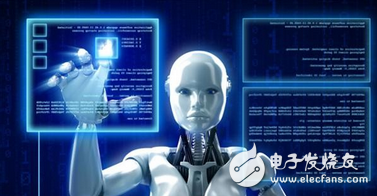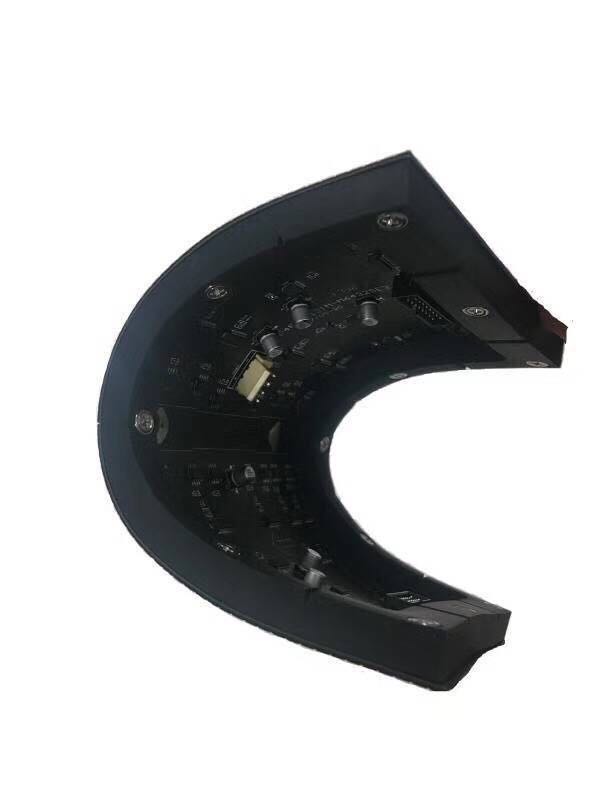More than 100 cancer patients—including pancreatic cancer, breast cancer, liver cancer, and brain tumors—are involved in clinical trials using a new drug, BPM 31510, discovered using algorithms.

The story of BPM 31510 begins with the extraction of biological data from healthy tissue and cancer tissue samples from more than 1,000 patients. These data are then processed by artificial intelligence algorithms that analyze the data and suggest possible drug treatments. We basically reversed the way we do medical science research. Niven R Narain, 38-year-old co-founder and president of Boston Pharmaceuticals startup Berg, who developed BPM 31510, said that instead of using preconceived assumptions to guide our experiments and generate specific types of data, the patient's biological data guides us to make assumptions. .
According to Narain, developing an effective anticancer drug is a very difficult process, with pharmaceutical companies spending $2.6 billion on R&D and production, and a time cost of 12 to 14 years. Only one percent of the final anticancer drugs that entered clinical trials proved effective. The price is high and the development process is unforgivable, Narain said. "If you are in any other industry, we will all be unemployed.
In Narain's view, the problem lies in the way pharmaceutical companies develop anticancer drugs. Scientists first came up with the hypothesis that, for example, a particular abnormal protein is responsible for a particular type of cancer. He said the pharmaceutical company then tested the hypothesis by screening the target protein from millions of compounds for a few of the possible chemical reactions and potential drugs. This is a textbook description of this research method. This process is called “hit-and-miss†by Narain, a dart-type method for treating diseases. He believes he can do it in different ways of thinking, with half the time and money costs. Better.
Berg co-founder and president Niven R Narain
BPM 31510 is a compound made with enzymes that play a key role in cellular metabolism and is the first therapeutic recommended by Berg's artificial intelligence. The development of this drug actually began in 2009, when the startup purchased cancer tissue samples from more than 1,000 patients from various medical schools across the United States. These samples contain more than 40 different cancer cells—multiple types of breast cancer, prostate cancer, liver cancer, kidney cancer, lung cancer, brain cancer—and healthy tissue samples from the same patient.
Narain didn't want to limit his research to a cancer. Instead, he wanted to develop a model that would see the commonality of different cancers. Berg's researchers used these samples for in vitro cell culture, allowing them to perform further experiments. To mimic the microenvironment that cells experience in humans, they culture these cells in different levels of sugar and oxygen Petri dishes and continue to identify and detect the lipids, metabolites, proteins and enzymes they produce. Track their evolution. "We were testing how the data changed with the environment," Narain said. In addition to the genomic information, we have 14 trillion data points in a single tissue sample.
This torrent of biological data has helped Berg scientists map the cascade of molecular reactions occurring in cells—from genes to proteins to lipids and metabolites—in unprecedented detail. They then used artificial intelligence to compare data from healthy and diseased cells. It is impossible to (manually) process all of that data, and it is not even possible to understand it logically. Narain says you need to use artificial intelligence to find out how normal cell evolution is interrupted, how it can lead to disease and what the underlying treatments are. Many people say that this is not the way to develop drugs. My answer to this is: It is true, because this is the way to develop drugs.
At the age of 25, Niven R Narain came to the conclusion that "the science driven by hypothesis is flawed," when he was an oncologist at the Miller School of Medicine at the University of Miami. On July 22, 2003, he conducted an experiment using melanoma cells in a petri dish. He treated it with a cream containing CoQ10, an enzyme located in the mitochondria, the source of energy for cells. To his surprise, almost all the cancer cells in the Petri dish died the next day. He then repeated the experiment in mice with melanoma. After 30 days, the tumors were reduced by an average of 55%. But Narain has no clue as to why this process happened.
That was two years after the completion of the Human Genome Project, Narain said, when people believed that cancer was primarily genetically driven. After the genome was sequenced, most people believe that all we have to do is find the genes responsible for cancer, regulate them, and cure most cancers. Narain has been a research assistant in the research of skin oncology and therapy at Miller School of Medicine, working under the direction of Chinese researcher Sung "Bob" Hsia; Hsia has co-discovered with vitamin K and estrogen, Nobel Prize Winner Edward Doisy has worked together.
At that time Hsia was nearly 80 years old, Narain recalls, he would say: "I don't have these new genetic technologies, but don't forget that biochemistry is the foundation of the human body. This is the end of a study of health continuation or disease onset. Narain did not forget these words. He argues with scientists who believe that the genome is the answer to all medical problems. In Narain's view, the genome is only part of a larger chemical reaction involving proteins, metabolites, and cellular lipid studies.
When Narain told his results about the Hsia of CoQ10 for decades, his mentor retorted that this lipid, enzyme and mitochondrial tissue could not kill cancer cells, especially melanin. tumor. You screwed up this experiment.
JoyLED is professional manufactuer providing indoor and Outdoor Led Module with different shaps such as V-shape, round shape, bar shape, etc.
1. LED Module Including the Data & Power Cables.
2. NICHIA/CREE/NATIONSTAR gold wires LED lamps, Fast Shipping within 5 working days in 24 hours,Free Tech Support.
3. Led Module Can Work With Colorlight,novastar,linsn,huidu control system etc.


LED Module
Led Module,Flexible Soft Led Display Module,Indoor Circle Led Module,Flexible Soft Led Module
Shenzhen Joy LED Display Co., Ltd. , https://www.joe-led.com